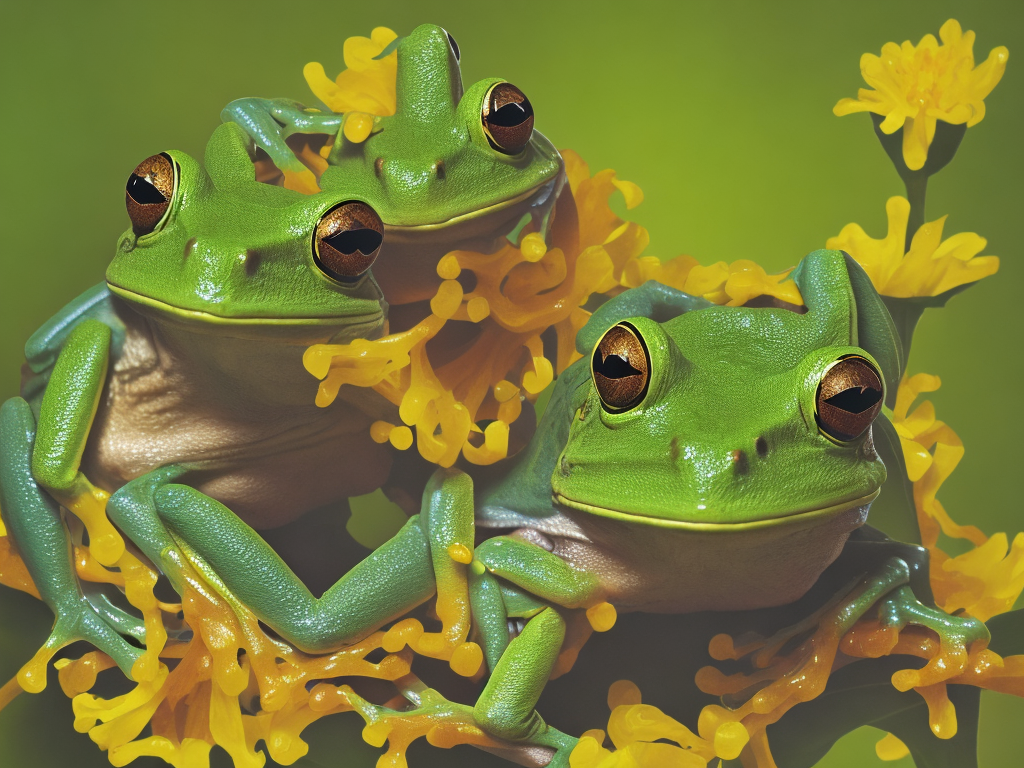
When it comes to dangerous substances, there are two terms that are often used interchangeably: venom and poison. While both can be harmful, there are some key differences between the two that are important to understand.
Venom is a toxic substance that is produced by certain animals and is used as a means of defense or to subdue prey. Venomous animals typically have specialized organs or glands that can produce and deliver the venom through a bite, sting, or other means of injection. Examples of venomous animals include snakes, spiders, scorpions, and some species of fish and amphibians.
Poison, on the other hand, is a toxic substance that is produced by plants, animals, or synthetic chemicals. Unlike venom, which is typically delivered through some form of injection, poison is usually ingested or absorbed through the skin. Poison can be found in a variety of substances, from common household items like cleaning products and pesticides to certain plants and fungi.
One of the key differences between venom and poison is the way they are used by the organisms that produce them. Venom is used as a weapon, whether it’s for hunting or defense. Venomous animals typically have specialized structures, such as fangs or stingers, that can deliver the venom to their prey or enemies. The venom can cause a variety of effects, from pain and swelling to paralysis or death.
Poison, on the other hand, is not typically used as a weapon. Instead, it is often a byproduct of an organism’s metabolic processes or a means of protecting itself from predators. For example, some plants produce toxic compounds that can make them unappealing to herbivores, while some animals use poison to ward off potential predators.
Another key difference between venom and poison is the way they affect the body. Venom typically has immediate effects, as it is injected directly into the bloodstream or tissues. This can cause a range of symptoms, from local pain and swelling to systemic effects like nausea, vomiting, and even death. The severity of the symptoms depends on the type and amount of venom, as well as the individual’s immune response and other factors.
Poison, on the other hand, may not have immediate effects. Ingesting or absorbing a poisonous substance may result in symptoms that develop slowly over time, depending on the dose and the individual’s metabolism. Symptoms may include gastrointestinal distress, neurological effects, and even organ damage. In some cases, long-term exposure to a poisonous substance can lead to chronic health problems.
One of the most well-known venomous animals is the snake. Snakes are found all over the world, and some species are highly venomous. Venomous snakes have specialized glands in their heads that produce venom, which is delivered through their fangs when they bite their prey or defend themselves. Snake venom can vary widely in its composition and effects, from mild pain and swelling to respiratory failure and death.
Another venomous animal is the spider. Like snakes, spiders have specialized glands that produce venom, which they inject into their prey. Spider venom can cause a range of effects, from mild pain and swelling to systemic effects like muscle cramps, seizures, and even death. Some species of spiders, such as black widow spiders and recluse spiders, are known for their highly toxic venom.
In addition to animals, there are also some plants that produce toxic compounds that are harmful to humans and other animals. Poison ivy, for example, produces a compound called urushiol that can cause a blistering rash when it comes into contact with the skin. Other poisonous plants include poison oak, poison sumac, and deadly nightshade.
Humans have also developed synthetic chemicals that can be toxic to the body. Pesticides, cleaning products, and industrial chemicals are all examples of synthetic poisons that can be harmful if ingested or absorbed through the skin. Even medications, when taken in excessive doses, can become toxic to the body.
While both venom and poison can be harmful, they are distinct in their origins, effects, and means of delivery. Understanding these differences can help us better protect ourselves and appreciate the incredible diversity of the natural world.
 Self-Instruct
Self-Instruct